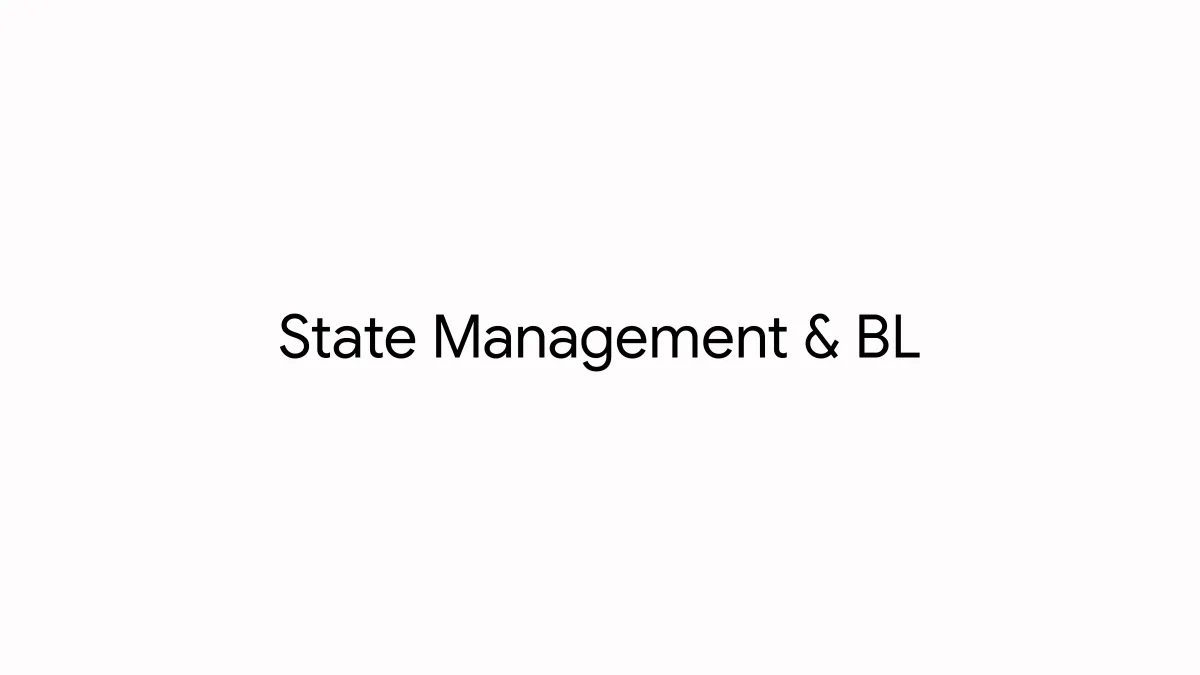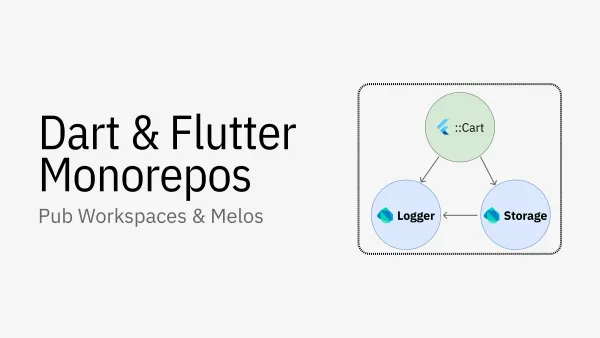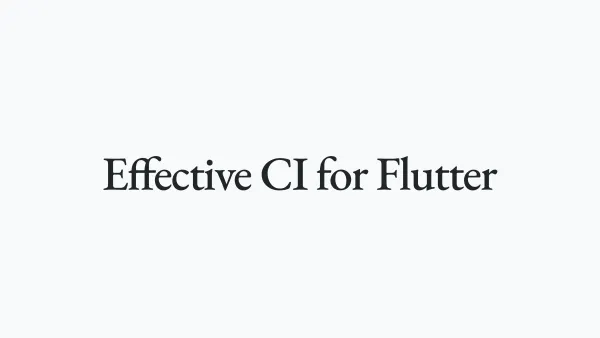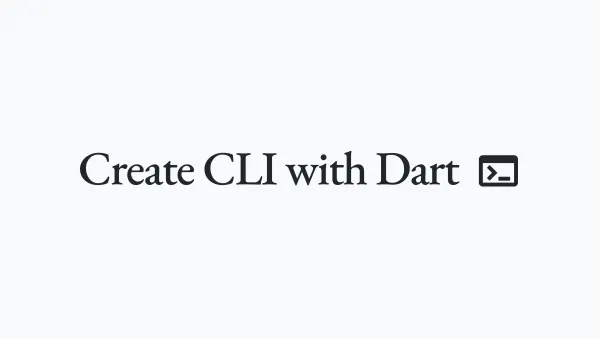Designing State Management and Business Logic in Flutter

State management and business logic are two critical parts of the application architecture. This article explains how to distinguish between them and how to implement BLoC correctly.

State management and business logic are two critical parts of the application architecture. This article explains how to distinguish between them and how to implement BLoC correctly.

A monorepo is a development strategy that keeps code for all projects within a single repository. It provides the benefits of code reuse, atomic changes, and simplified dependencies. Table of Contents 1. Do I need a Monorepo? 2. Local and Public Packages 3. Pub Workspaces 4. Reusable Scripts 5. Melos

Software succeeds when it solves real-world business problems. To be useful, the software must fit the business's needs and be easy to maintain. In this article, I will explain the basics of Domain-Driven Development and how it helps to design and write better software. Theory of Domains Every

When you push code, the CI pipeline automatically validates it against lint rules, enforces formatting, runs tests and builds the application. This guide covers best practices and optimization techniques for efficient Flutter CI pipelines. This example uses GitLab for CI configuration, but most other Git providers offer similar features. This

You can interact with computers in two primary ways: through a Graphical User Interface (GUI) or a Command-Line Interface (CLI). While GUIs are more user-friendly for general tasks, CLIs are ideal for scripting, developer tools, and system utilities. 1. Why Dart? 2. Parsing Arguments 3. Defining Commands 4. Structuring CLI